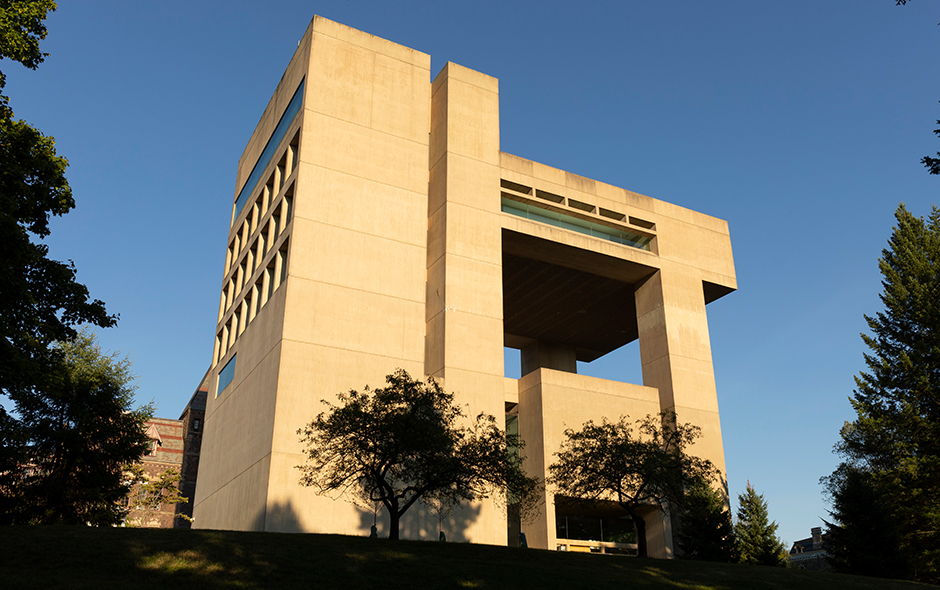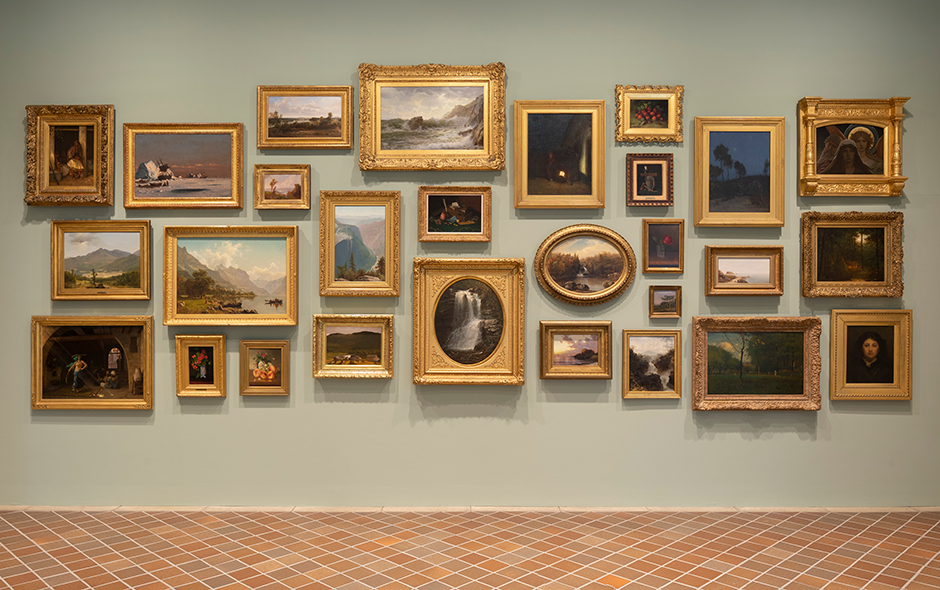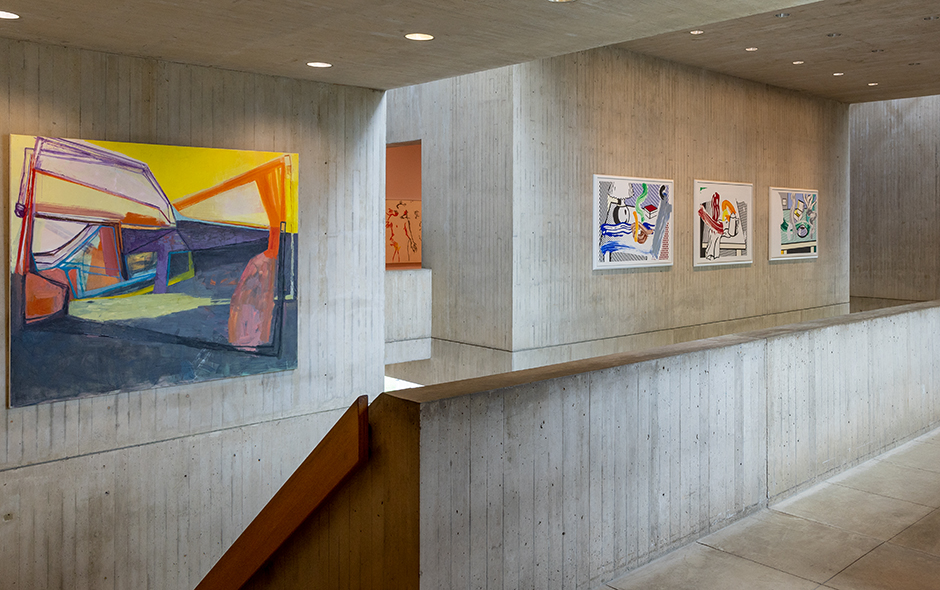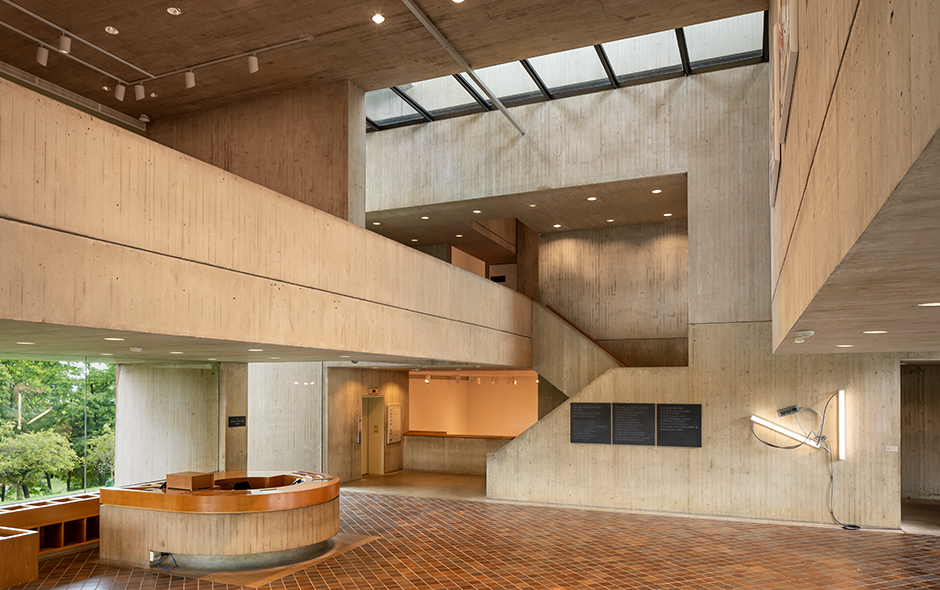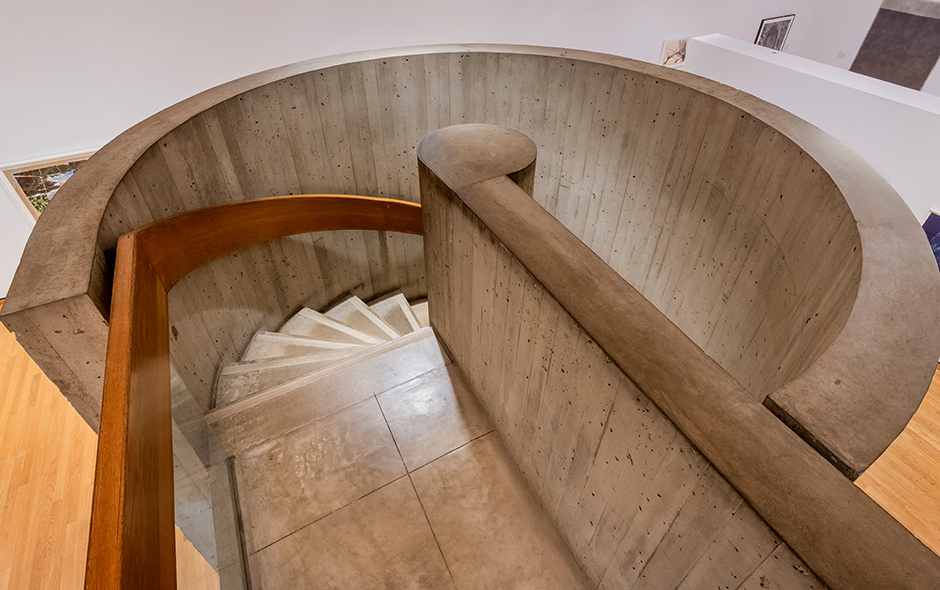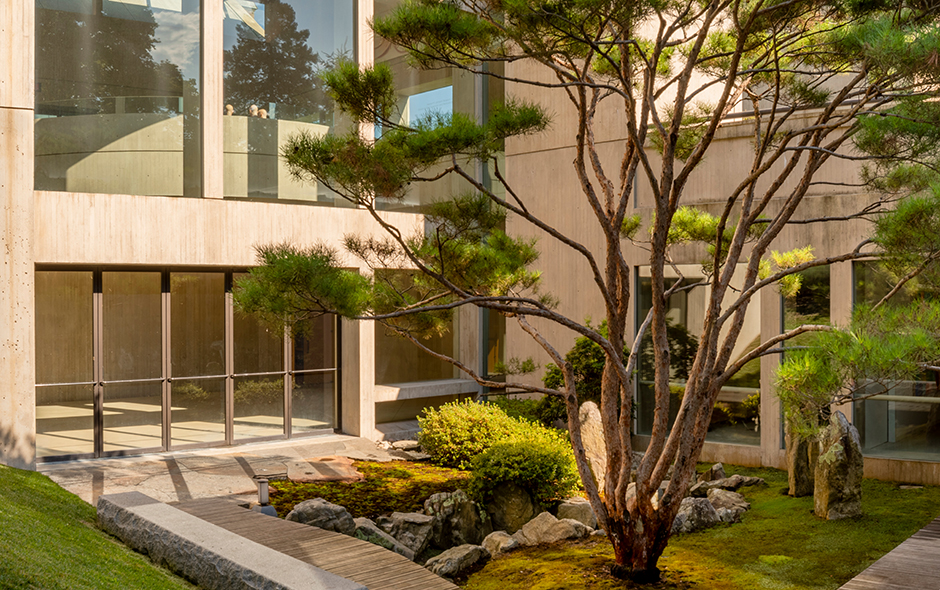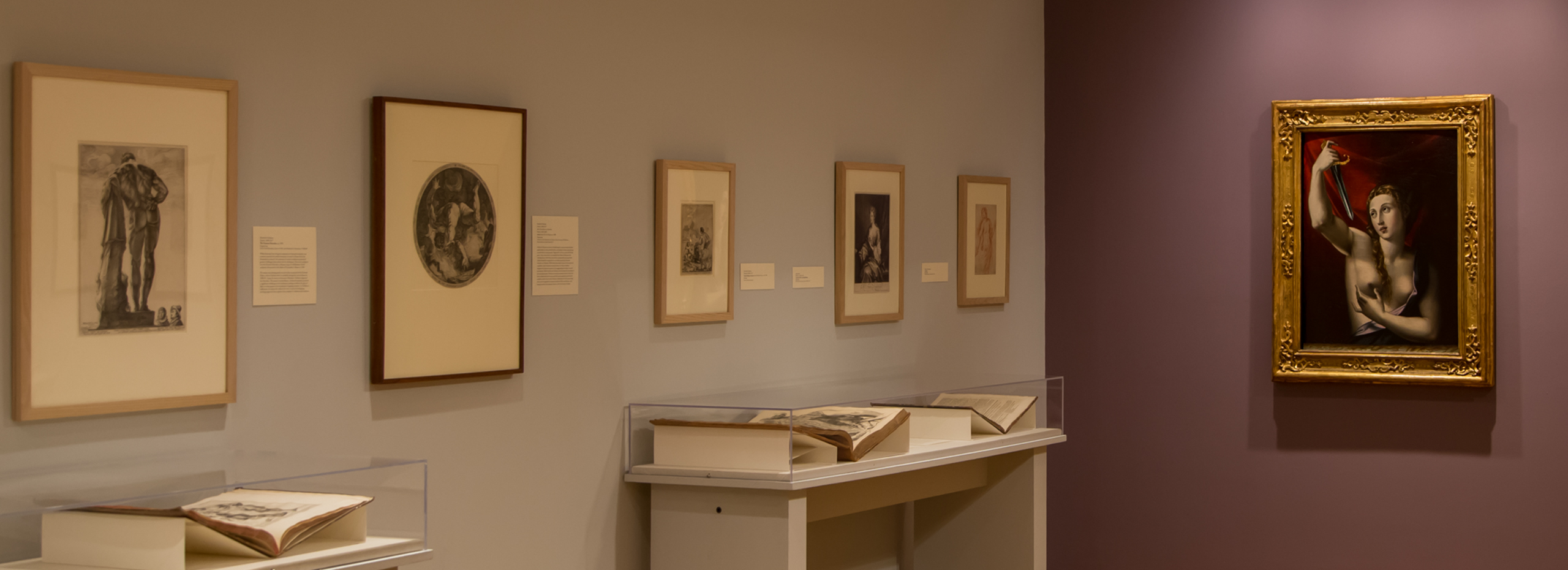
In the Moak, Schaenen, and Class of 1953 Galleries, Floor 2L
The early years of the Renaissance brought about renewed interest in the idealized proportions and smooth and languid gestures of Greco-Roman sculptures, which became the preferred model for the then-contemporary nude figure. However, as the study of the human body using cadavers, écorché figures, and live models became increasingly popular, artists fused this focused attention on musculature and anatomical features with the vogue for classical idealism.
This exhibition, drawn from the Johnson’s permanent collection, public institutions, and private collectors, will examine the trajectory of the nude body in art. It will explore how the nude is defined, both artistically and circumstantially, as the idea of the Renaissance ideal evolved over both time and space, raising questions about what bodies are allowed to be shown nude, how the body expresses gender and beauty, and how the nude is used to express narrative content and heightened emotion. How does the practice of working from studio models change what bodies are shown nude? How does a rising interest in anatomical accuracy reaffirm or chafe against conceptions of classical perfection? How does the nude body change from religious painting to mythological subjects? Undressed will examine these questions and more through paintings, prints, drawings, and anatomy books.
This exhibition was curated by Andrew Weislogel, the Seymour R. Askin, Jr. ’47 Curator, Earlier European and American Art, and Brittany Rubin, print room curatorial assistant, at the Johnson Museum, and supported in part by the Donald and Maria Cox Exhibition Endowment.
Selected Artworks

Lucretia
Leonardo Grazia, called Leonardo da Pistoia

St. Jerome in Penitence
Jan Lievens

The Realm of Venus
Wenceslaus Hollar

Bacchus and Ariadne
the workshop of Benedetto Luti

The Reward of Cruelty, from The Four Stages of Cruelty
William Hogarth

Standing Male Nude
Formerly attributed to Stefano della Bella

St. Jerome Penitent
Hendrick Goltzius, Jacopo Palma, called Palma il Giovane

Combat of Virtue and Pleasure in the Presence of Hercules, or Hercules at the Crossroads
Albrecht Dürer

Mars and Venus
Giovanni Battista Scultori

Penitent Magdalene
Alessandro Turchi (or his workshop)

Diana and Actaeon
Nicolaes Elias Pickenoy



